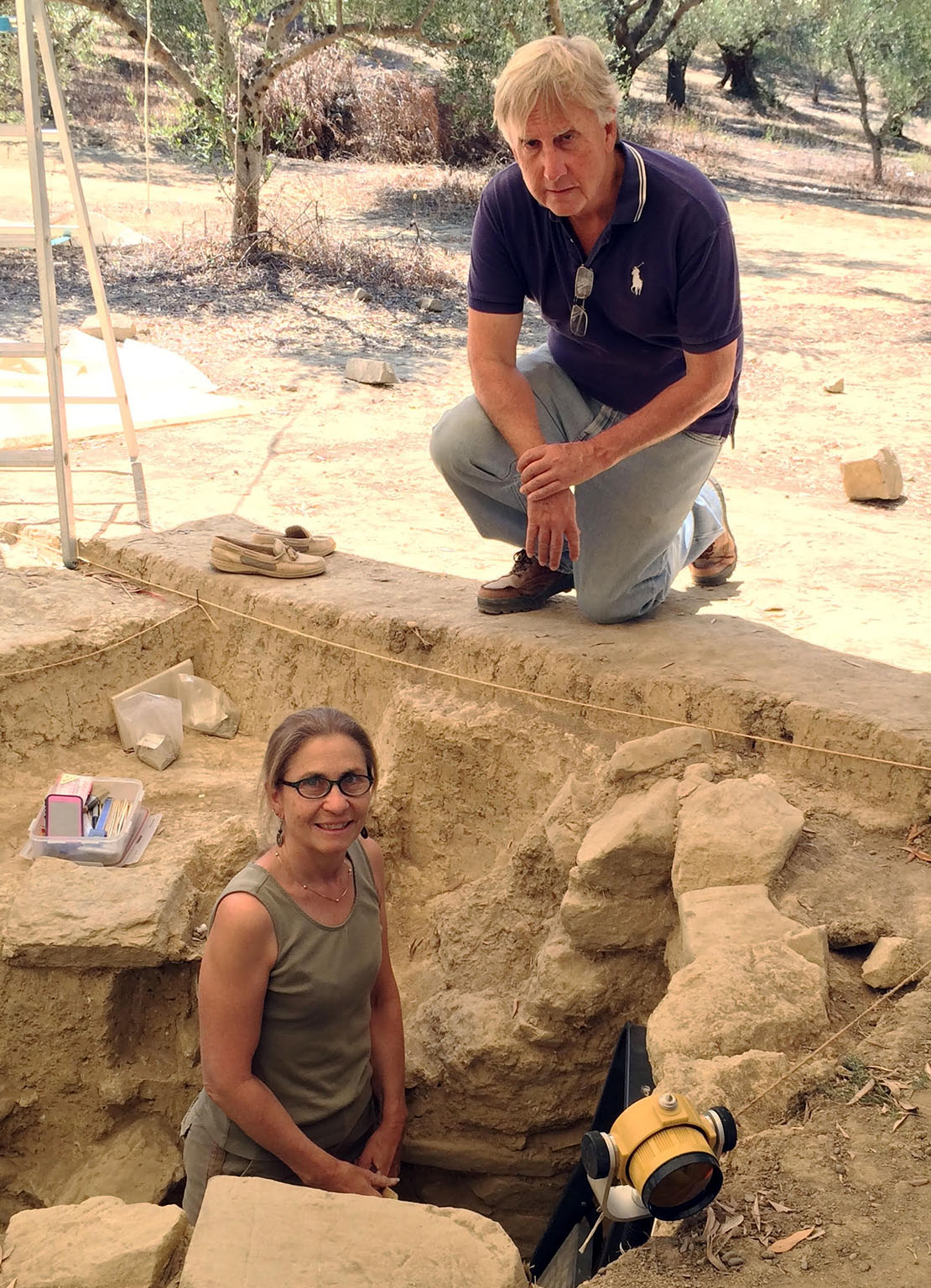
Jack Davis was selected as the 2020 recipient of the AIA Gold Medal for Distinguished Archaeological Achievement.
Jack Davis Awarded AIA Gold Medal for Distinguished Archaeological Achievement
Professor Jack L. Davis of the University of Cincinnati has been selected as the 2020 recipient of the Archaeological Institute of America's Gold Medal for Distinguished Archaeological Achievement. Presented each year at the AIA-SCS Annual Meeting, this award recognizes distinguished contributions to archaeology, primarily through research and/or field work, and is the highest honor the AIA bestows. Davis was Director of the American School of Classical Studies at Athens from 2007–2012, and continues to serve the School as a member of the Board of Trustees and a member of the Managing Committee.
Davis’ career got its start in the mid 1970s at Knossos, Pyrgos, Melos, Korakou, and especially Ayia Irini on Keos, which became the focus both of his dissertation and of his early post-doctoral research. His collaborations with John Cherry through the 1980s quickly became fundamental works defining the field of Aegean prehistory for the late 20th century: Papers in Cycladic Prehistory (1979), Landscape Archaeology as Long-Term History (1991). Davis' own work spanned the minutiae of Cycladic pottery to the great questions of cultural change and empire. But that simultaneous attention to both detail and big picture also drew his attention far beyond Aegean prehistory and into matters of Hellenistic Keos and the Ottoman Cyclades. Through the 1990s as Davis turned his attention to the Pylos Region, these catholic interests continued. In Sandy Pylos, his contributions jump from the Bronze Age Palace to the Greek Revolution. From 1998 through 2005 Davis' research shifted geographic gears to Albania with the Mallakastra regional project, and excavations at Apollonia and Epidamnus. In Albania—a land new for Davis not only as a scholarly field but also for its politics, language, and culture—he again drew on the support of many colleagues, but no one more significant than Sharon Stocker.
The Directorship of the School starting in 2007 reined him in…slightly. While grappling with the ever-challenging finances and administration of the School, he built on his already impressive record of publication in more recent periods of Greek history. He and his colleagues produced Between Venice and Istanbul (2007), Philhellenism, Philanthropy, or Political Convenience (2013), and Carl W. Blegen: Personal and Archaeological Narrative (2014). And then it was back to Pylos, where Davis and Stocker are revolutionizing our understanding of the Palace of Nestor and its immediate surroundings. Stocker taking a moment to look up during her excavation of the Tomb of the Griffin Warrior is one of the iconic images of this latest chapter in Davis' career. There are surely many chapters still to be written.
Jack Davis has received numerous awards over this long career; he and his colleagues have not only uncovered spectacular objects, but he and they have thought great thoughts. As a teacher he has mentored, cajoled, encouraged, and challenged more than 40 graduate students to complete theses and get on with changing their own fields for the better. The number of collaborators figuring in his list of publications is beyond reckoning and speaks volumes both to his immense impact on Archaeology and Greek Studies and to his generosity and collegial spirit.
